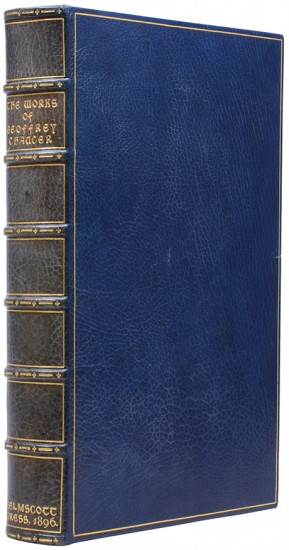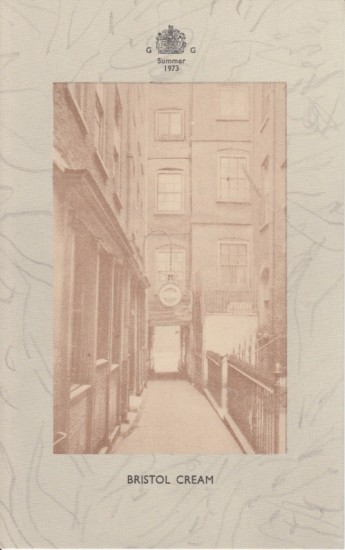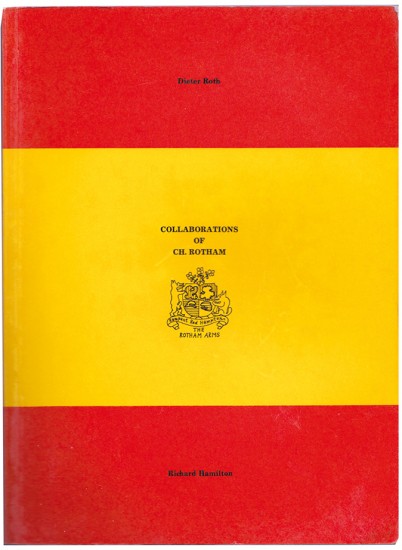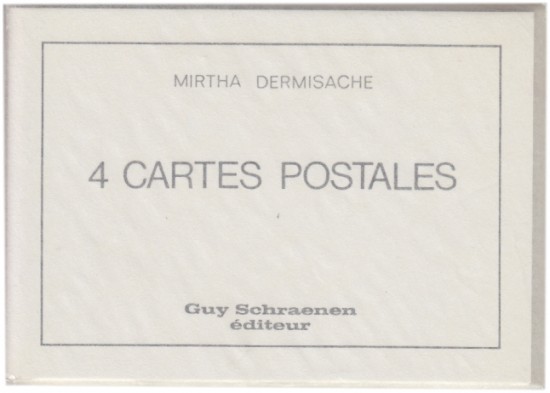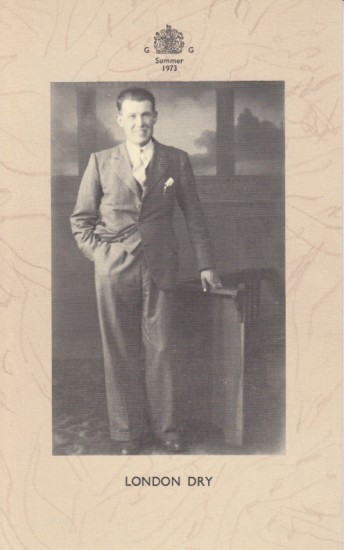The Works of Geoffrey Chaucer now newly imprinted
Kelmscott Press. Chaucer, Geoffrey
Hammersmith. Kelmscott Press. 1896
Sold
A magnificent copy of the Kelmscott Chaucer.
From the edition limited to 438 copies, with this one of 425 on paper (the remaining copies were printed on vellum).
The most ambitious and magnificent book of the Press, the Kelmscott Chaucer was four years in the making. Morris designed the watermark for the paper, which was copied from an Italian incunable in Morris’s collection and made entirely of linen by Batchelor. It took several requests before Clarendon Press granted permission to use Skeat’s new edition of Chaucer.
Burne-Jones devoted all his Sundays for almost three years to the work, and Morris came to talk with him as he drew. As the artist worked he increased the number of proposed illustrations from 48 to 60 to 72 to 87, and Morris accepted each change. The process of adapting the drawings to the woodblock, and engraving them, was entrusted to W. H. Hooper and R. Catterson-Smith, with Burne-Jones closely supervising every detail.
A work described as 'perfect ... both in design and in the quality of the printing ... the last and the most magnificent, the Kelmscott Chaucer' (Printing and the Mind of Man, p.223).
'The finest book ever printed - if W. M. had done nothing else it would be enough ...'. (Burne-Jones).
' ... not only the most important of the Kelmscott Press's productions; it is also one of the great books of the world. Its splendour ... can hardly be matched among the books of the time ...'. (Ray,The Illustrator and the Book in England).
[Peterson A40].
From the edition limited to 438 copies, with this one of 425 on paper (the remaining copies were printed on vellum).
The most ambitious and magnificent book of the Press, the Kelmscott Chaucer was four years in the making. Morris designed the watermark for the paper, which was copied from an Italian incunable in Morris’s collection and made entirely of linen by Batchelor. It took several requests before Clarendon Press granted permission to use Skeat’s new edition of Chaucer.
Burne-Jones devoted all his Sundays for almost three years to the work, and Morris came to talk with him as he drew. As the artist worked he increased the number of proposed illustrations from 48 to 60 to 72 to 87, and Morris accepted each change. The process of adapting the drawings to the woodblock, and engraving them, was entrusted to W. H. Hooper and R. Catterson-Smith, with Burne-Jones closely supervising every detail.
A work described as 'perfect ... both in design and in the quality of the printing ... the last and the most magnificent, the Kelmscott Chaucer' (Printing and the Mind of Man, p.223).
'The finest book ever printed - if W. M. had done nothing else it would be enough ...'. (Burne-Jones).
' ... not only the most important of the Kelmscott Press's productions; it is also one of the great books of the world. Its splendour ... can hardly be matched among the books of the time ...'. (Ray,The Illustrator and the Book in England).
[Peterson A40].
pp. (iv), 554. Folio. (434 x 298 mm). Ornamental woodcut title, 14 large borders, 18 different frames round the illustrations and 26 initials designed by William Morris and 87 wood cut illustrations designed by Sir Edward Burne-Jones and engraved by W. H. Hooper. Shoulder and side titles printed in red and the whole printed in two columns in Chaucer type designed by William Morris (longer titles of poems printed in Troy type) on Batchelor hand-made paper with the Perch watermark. Full blue crushed morocco by Sangorski & Sutcliffe, boards with gilt-ruled border, banded spine with gilt title and tooling in seven compartments, turn-ins with triple gilt rules, a.e.g., matching morocco-edged cloth slipcase.
#45642
